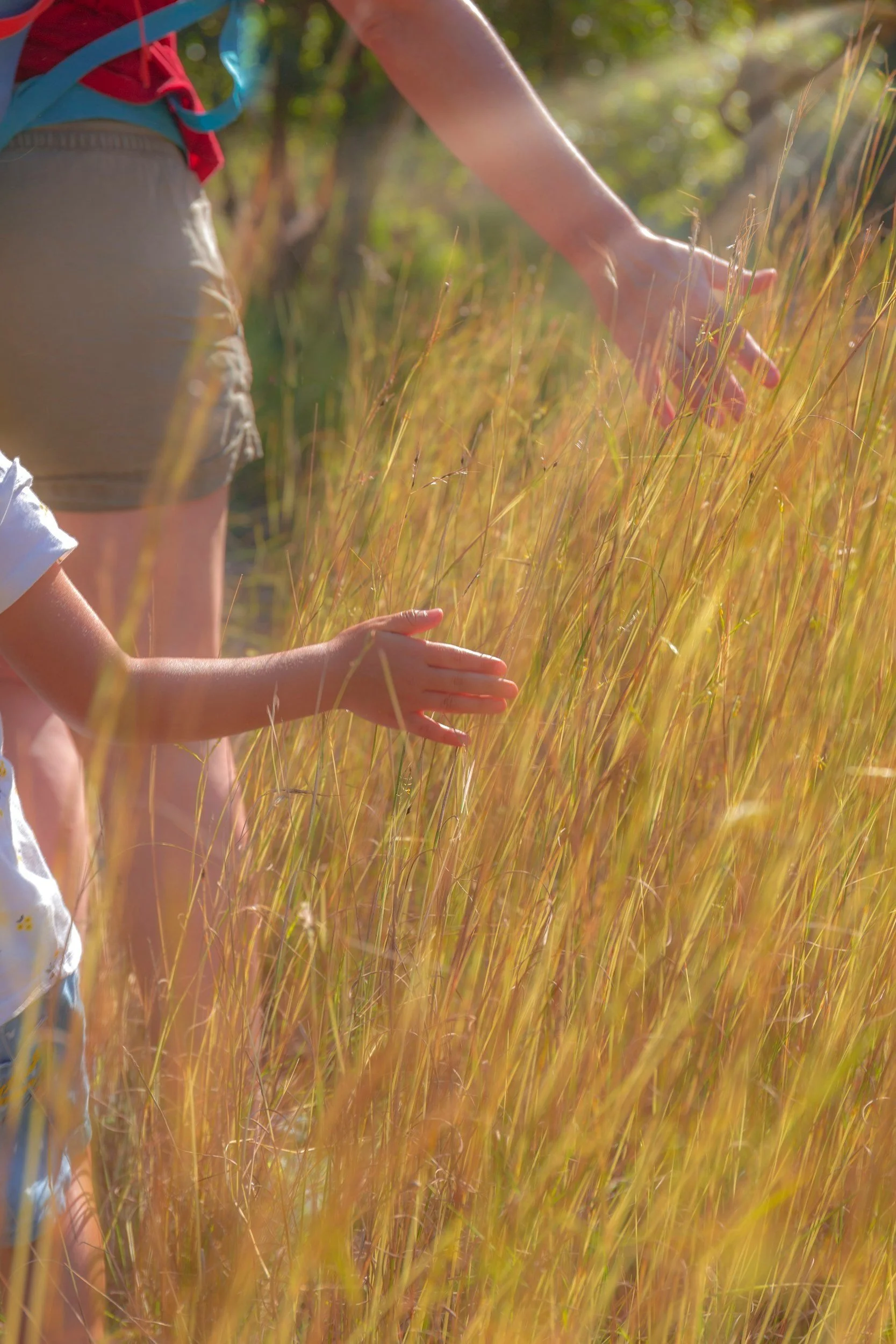OUR COMMITMENT
Safeguarding is everyone’s responsibility
The Parish Priest, Clergy, Staff and Volunteers at Brunswick Moreland Catholic Community, including the Parishes of Brunswick/Brunswick East, Brunswick West and Moreland, are committed to ensuring the safety and well-being of children and young people in our community.
We are committed to creating a safe and welcoming environment for all members of our community, especially our most vulnerable members.
Safeguarding is a fundamental aspect of our mission to nurture faith, foster community, and serve others.
We adhere to:
Victorian Government’s Child Safe Standards
National Catholic Safeguarding Standards
By adhering to these policies and standards, we seek to create an environment where children and young people can flourish, grow, and develop their faith in a nurturing and supportive community.
All clergy, staff and volunteers must complete the compulsory Safeguarding Essentials Training Module and sign our Code of Conduct every three years. This module takes around 30 minutes to complete online or if you need assistance, please contact our staff (bmcc@cam.org.au).
We invite all members of our parish family to familiarize themselves with this policy and join us in our commitment to safeguarding the most vulnerable among us.
Safeguarding and Wellbeing of Children and Young People Policy
Antidiscrimination and Racism Policy
Child-safety related misconduct and/or child abuse report form
Reporting abuse or safety related misconduct poster
Contact
The safety of children and young people is paramount. All concerns, allegations or complaints of child abuse will be taken seriously, and acted upon consistent with the Catholic Archdiocese of Melbourne’s moral, ethical and legal obligations to safeguard children and young people.
Parish Priest
Fr Brendan Reed
Telephone: 03 9380 1023 Email: Brendan.Reed@cam.org.au
Parish Safeguarding Officer
Jemma Purdey
Telephone: 03 9380 1023 Email: bmcc@cam.org.au
Any of these leaders should be approached for any concerns about child safety in our school and parishes.
Professional Standards Unit
Catholic Archdiocese of Melbourne
Telephone: 9926 5621 Email: psu@cam.org.au
Call 000 if a child is in immediate danger
